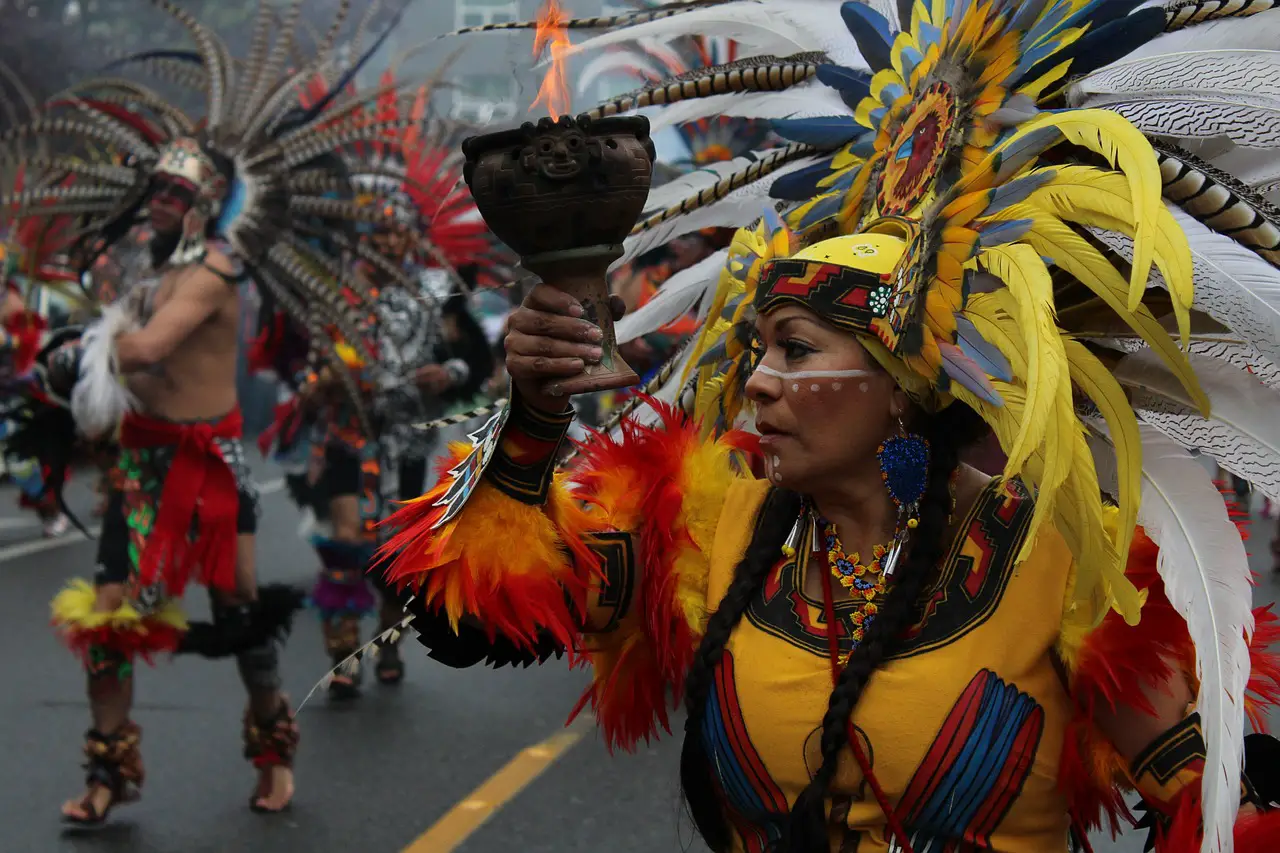In the realm of American Indian population dynamics, the burning question arises: What does the chart illustrate about American Indian populations?
Delving into the data, this expert analysis aims to dissect the nuances, revealing key insights and shedding light on the trends encapsulated within.
Unveiling the Chart
The chart, a visual journey through American Indian population statistics over a specified timeframe, serves as our guide. Scrutinizing the data points unveils patterns, showcasing shifts in population size, growth rates, and geographical distribution.
These numerical nuances are windows into the demographic landscape of American Indian communities, providing invaluable insights.
Decoding the Patterns
Careful analysis transcends the surface, exploring migration patterns, cultural shifts, and governmental influences that have swayed these population dynamics. This exploration unearths the impact of historical events and societal changes on the rich tapestry of American Indian populations throughout history.
Population Trends: A Closer Examination
Demographic Shifts in American Indian Populations
As we navigate the chart illustrating American Indian populations, a panorama of significant demographic shifts unfolds. The data paints a complex picture, depicting both surges and declines in population numbers—a testament to the multifaceted experiences of American Indians.
One striking trend emerges: the consistent growth in population size from the early 1900s to the present day. This growth, attributed to improved healthcare, increased life expectancy, and advanced data collection, reflects enhanced well-being within these communities. Access to medical care and resources has led to higher birth rates and lower mortality rates, contributing to this upward trajectory.
However, regional disparities in population growth persist. Urbanization and migration patterns fuel growth in some areas, while historical events and economic challenges trigger declines in others. These variations underscore the diversity within American Indian populations, emphasizing the unique histories and circumstances faced by different tribes nationwide.
Factors Shaping Population Trends
Historical Events
Delving deeper, historical events cast long shadows on American Indian populations. Forced relocations, conflicts with settlers, and governmental policies, exemplified by the Trail of Tears in the 1830s, echo through time, leaving enduring imprints on certain tribal populations.
Socioeconomic Factors
The ebb and flow of population trends intertwine with socioeconomic conditions. Poverty rates, educational opportunities, access to healthcare, and employment prospects emerge as critical factors shaping birth rates and overall population growth among American Indians.
Cultural Revitalization Efforts
In recent decades, a resurgence of cultural revitalization efforts has breathed new life into many American Indian communities. These endeavors, centered on preserving tribal traditions and languages, foster identity and pride, positively impacting population growth, especially among the youth.
Intermarriage and Ethnic Identity
Intermarriage between American Indians and individuals from diverse backgrounds further complicates population dynamics. As intermarriage becomes commonplace, shifts in self-identification and the perception of tribal heritage ripple through the community.
Understanding the interplay of historical context, socioeconomic conditions, cultural revitalization, and changing intermarriage patterns unveils the intricacies behind the observed population shifts among American Indians.
In conclusion, the chart encapsulates profound demographic shifts among American Indian populations. These shifts, influenced by historical events, socioeconomic conditions, cultural revitalization efforts, and intermarriage patterns, weave a complex narrative. This holistic analysis unravels the intricate dynamics shaping American Indian populations today.

